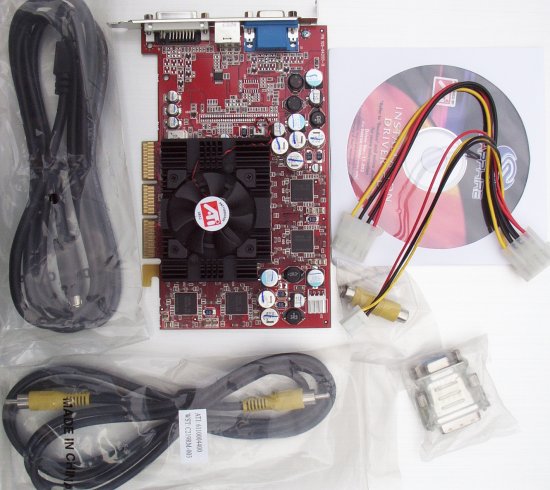Card II
All the memory bandwidth in the world doesn't really count for too much unless the GPU can utilise it efficiently, this is where the Parhelia fell down. ATi's memory bandwidth-saving technology, dubbed Hyper Z III, is an upgrade to the logic found on the R8500. Put simply, there is little point in the card rendering what the user will not see due to overdraw. This is particularly pertinent in cases where, say, a large, simple object blocks out the view of a complicated landscape behind. Rendering the blocked-out landscape would be a waste of precious bandwidth, even if you have 20GB/s on tap, if you simply won't be able to view it. Hyper Z III, the latest iteration of this depth-of-view technology, makes its appearance on the R9700.

The back of the R9700 is pretty much what you would expect in a high-end graphics card. We have the standard VGA connector on the left, a TV-Out in the middle (which, incidentally, can output a resolution of 1024x768), and a DVI connector on the right. A provided dongle allows you use the DVI slot as a second analogue connection.

Our ATi 9700, supplied to us by Chillblast, came in a white OEM-style box, but did come with the hardware extras you would expect. We received the external power connector that I referred to earlier, a driver CD with the 6143 drivers and other utilities, a DVI-to-VGA dongle, a composite cable, an S-Video cable, and a little DVI dongle. No games were provided, but all the necessary components to get you up and going were.
I also mentioned that the R9700 is a rather petite card in relation to the brutish-looking GeForce4 Ti4600. Here they are next to each other. A case of David and Goliath, perhaps ?.










